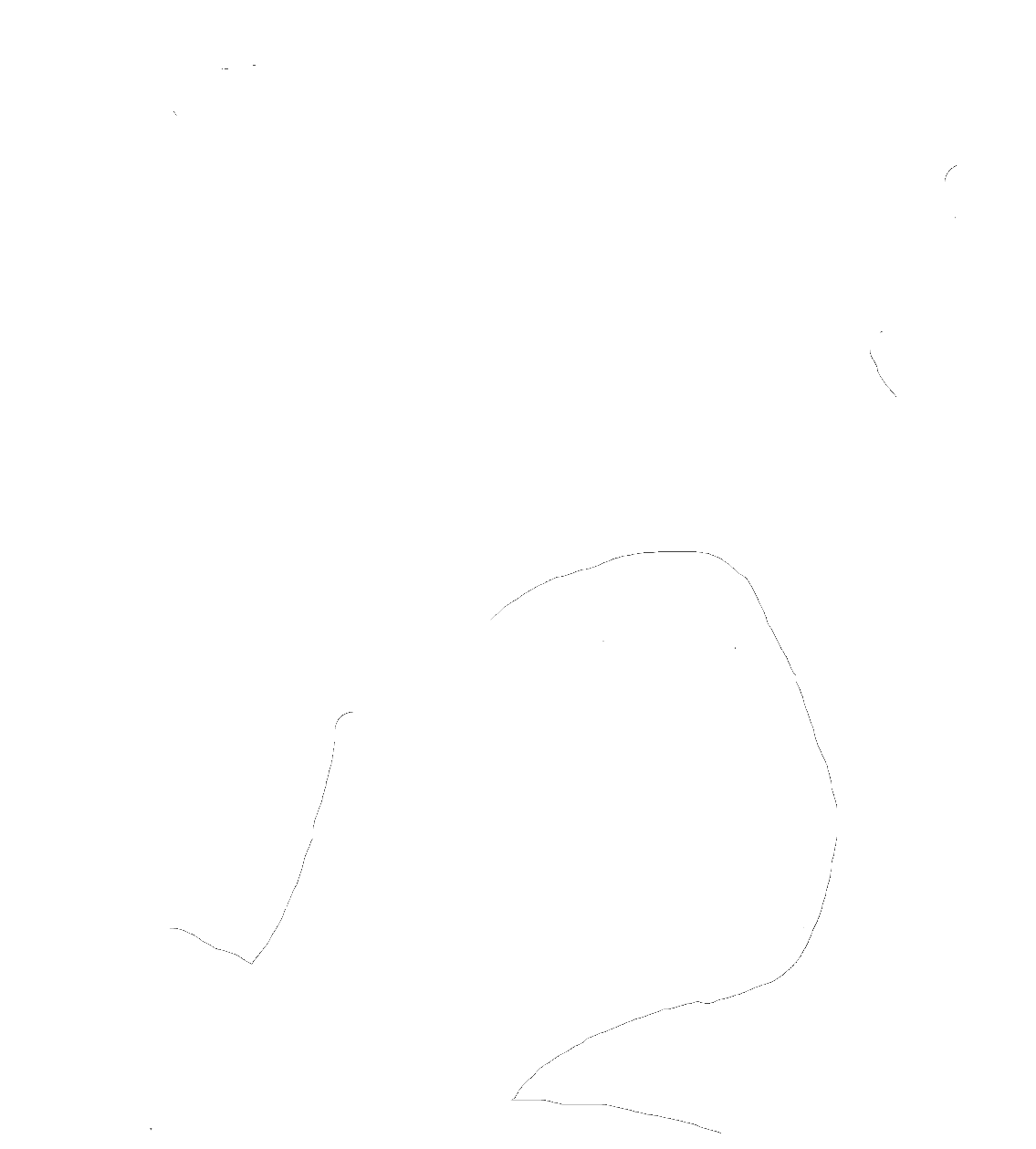Audio Legacy
works that are entirely sound, and a few that are unsound.
A non-exhaustive portfolio of audio work.
FeverDreams of a Young Auctioneer (String Quartet with Tape)
Human interaction is a performance.
Much less of it is improvised than you'd think.
The all-American cattle auction, with its roots in agro-commerce, has slowly evolved into an incredibly musical genre, complete with its own set of timbres, pitch collections, and rhythmic motives. "feverdreams of a young auctioneer" makes the performative aspects of an auction even more explicit, placing twelve auctioneers on stage with a relatively conservative string quartet. Over the course of six minutes, the chromatically-saturated ensemble gets to highlight the melodic and rhythmic diversity of the auctioneers, bringing this unintentional commercial performance to a concert hall.
Composed and Produced by Kirk Pearson and Julian Korzeniowsky at New England Conservatory.
Performed by Alec Lindsay, Linda Numagami, and Kirk Pearson.
Idioma (For 8-Channel Electronics)
Built for the installation "A User's Guide to the Anthropocene," "Idioma" demonstrates how communication technology has influenced language over the past two millenia. The piece employs eight channels of audio to physically guide its audience around a three dimensional space--every discrete location in the room offers a fundamentally different interpretation of the piece. With over fifty dialects sampled, "Idioma" is a meditation on our globalized history of communications, and a rumination on the importance of appreciation and conservation of human natural language.
BREAKING THE SECOND LAW OF THERMODYNAMICS (DUET FOR CLARINET AND CELLO)
A duet that explores the entropy of counterpoint, for cello and clarinet. Performed by Giovanni Bertoni and Angelique Montes. Produced by James Vitz-Wong and Kirk Pearson
Selections From Charles Manson's OK Cupid Profile (Sketches for Solo Instruments)
A sequenza of pieces for solo instruments, each composed with the intent of harnessing the instrument's distinct musical vocabulary in a (slightly) humorous context.
DI ALOK (Solo Cello)
Historically, the cello has often been employed by composers to replicate the quirks of the human voice. Given the demographics of common practice composers, however, this suggests that the "voices" of cello repertoire tend to be of a particular nationality, gender and class. "Di Alok," in contrast, attempts to emulate the nuances of an Ohioan female accent, complete with the rhythms of speech, breathing patterns, and vocal range.
Performed by Jake Klinkenborg at Oberlin Conservatory, November 2013.
Vignette for Three Instruments of Compromise (Trio for Viola, Bassoon, and Horn)
As a composer, I find the most interesting orchestral idioms also to be the most idiosyncratic. The viola, bassoon, and horn, as precariously designed as they are awkward to play, have long been neglected from common practice solo repertoire. Their bizarre timbres have been traditionally deemed unfavorable compared to their acoustically perfect brethren--the violin, clarinet, and trumpet. "Vignette for Three Instruments of Compromise" is a piece that attempts to celebrate their disjointedness as a symbol of character. Their distinct idioms brought together under a framework of a unified work.
Written for Ben Roidl-Ward (bassoon), Rachel Halvorson (viola) and Bailey Meyers (horn), for performance at Oberlin Conservatory.
DATA ECHO ZERO (FOR 8-CHANNEL ELECTRONICS AND MIDI-CONTROLLED LIGHTBULBS)
"Data Echo Zero" is an electronic orchestration of a single 24-hour period of Internet activity on the wireless network of Oberlin College. The algorithm, written in Max, uses the pitch set of an AOL dialup tone to sonify the immense volume of information accessed by a small town. Employing an ensemble of MIDI-controlled desk lamps, "Data Echo Zero" is a visual and aural tribute to the early days of the World Wide Web, and a meditation on what it has since come to represent.
A Flickering in the Woods Near Waycross, GA (Solo for Double Bass with C Extension)
Starting in 1892, there have been several hundred reports of a glow from the Okefenokee swamp near Waycross. To this day, the "Cogdell Ghost" remains one of the most thoroughly documented ghost sightings in the continental United States.
"A Flickering in the Woods Near Waycross, GA" uses a particular musical idiom called "window form" to retell this story. The term, originally coined by composer Salvatore Sciarrino, described an opera of his where the audience is given multiple vantage points of a situation. In the opera's first act, the audience witnesses a bloody mutiny aboard a ship. The second act, while seemingly unrelated to the first, depicts a wealthy family playing cards aboard a moving train. Near the end of the act, however, the train turns a corner and the audience can see the ship far off in the distance. While the second movement never acknowledges the mutiny, the audience's preconceived notion of what the ship represents makes them view this aristocratic game in an entirely new light.
Here, a solo bass relays the Cogdell legend through three encapsulating perspectives, each based on a 1902 testimony-- the farmer that witnessed the specter, the pastor of a church that first sees the farmer run out of the woods, and a Louisianian, who sees the church on a souvenir postcard. Each movement provides a reinterpretation of the previous story, giving the performer three distinct points of view.
"A Flickering in the Woods Near Waycross, GA" was commissioned and written for bassist Austin Lewellen, and premiered on April 22, 2015 in Warner Concert Hall at Oberlin Conservatory.
e.v. Flo (For Tape)
Written for the experimental film 'Loqui' by William Burris, "e.v. Flo" follows the Sisyphus-esque daily routine of an unnamed office worker. The piece itself is my interpretation of the sounds heard by this central character on the way to his factory, played in hypnotically slow succession.
Affect-Effect (For Tape and Dancer)
"Affect-Effect" (a collaboration with choreographer Molly Barger) illustrates human movement through an electronic orchestra built out of industrial equipment, power tools, falling trees, insect noises, and office supplies. Performed at Oberlin College on April 18, 2015.



